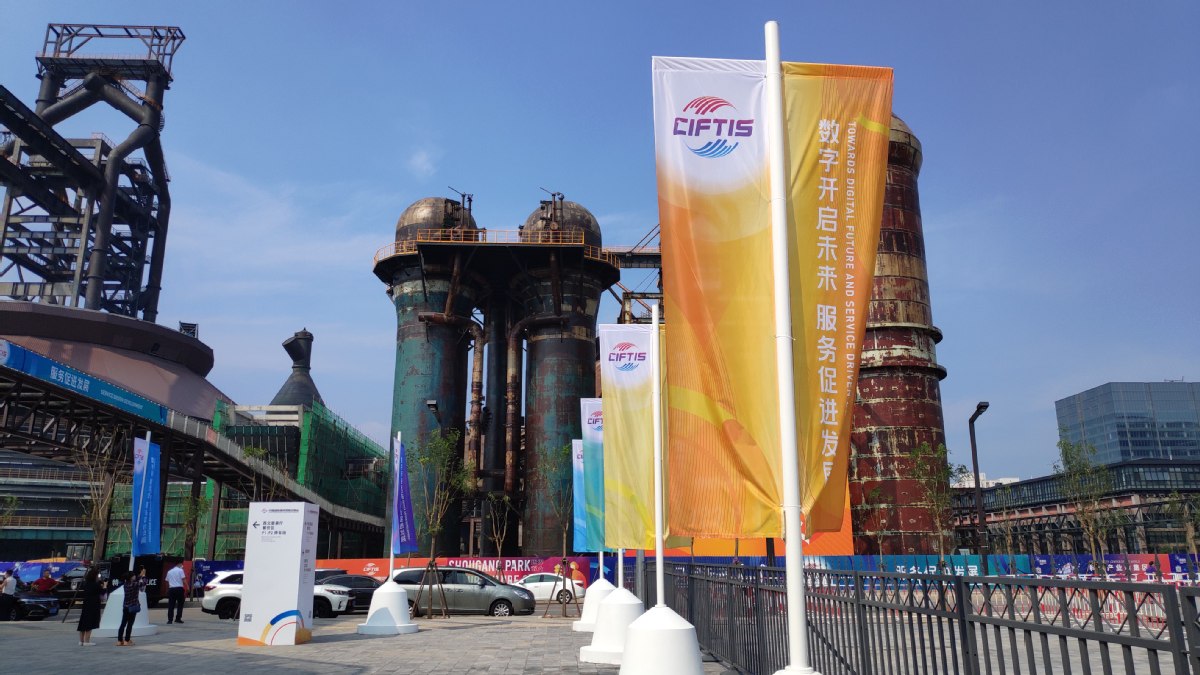China sees transportation get greener, smarter


China has seen greener and smarter transport grow in recent years, empowered by technology and supportive policies raising public awareness, exhibitors said at the 2021 China International Fair for Trade in Services in Beijing on Friday.
"Green travel is surely a strategic direction of the nation," said Li Yujie, who is in charge of Beijing Subway's booth at the CIFTIS. "The subway is a major public transport in big cities including Beijing, accounting for 45 percent of total public transport volume as of the end of 2020."
Li said they are in discussion with departments to include carbon credits for subway takers, in order to encourage citizens to take public transport. He added they have energy-saving devices that can save 15 percent of power consumption if fully mounted.
In the future, the subway will become smarter, Li added. "The intelligence in terms of subway will be embodied in mainly four aspects; smart operation, smart customer service, smart maintenance and smart management. Smart security checks will significantly shorten wait times for passengers entering a subway station in the future."
New energy vehicles are widely believed to be an effective way to protect the environment. "Hydrogen fuel cells may be the most environmentally friendly energy in the 21st century… Compared to gas vehicles, fuel cell automobiles emit only water," said Li Zhenduo, who is in charge of introducing Foton AUV's fuel cell-powered bus.
Many carmakers are engaged in the development of such products, he said, adding the product on display is their fourth generation which will be in service for the 2022 Winter Olympic Games in Beijing and Zhangjiakou. As of September 2020, 150 of AUV's fuel cell buses were in operation in Beijing.
The number of users of shared bikes reached 253 million in China in 2020, chyxx.com reported on Aug 27 quoting data from the National Bureau of Statistics. Riding a shared bike for one kilometer can reduce 46.3 grams of carbon emissions as calculated by the Guangzhou Carbon Exchange in 2019, said Li Ting, a public relations staff member from Meituan.
In order to further popularize this green way of traveling, she said, the firm has developed a simpler way of unlocking its shared bike based on digital currency via an NFC function in smartphones. This enables a user to unlock a shared bike by approaching the lock rather than using a web browser or opening an app.




































